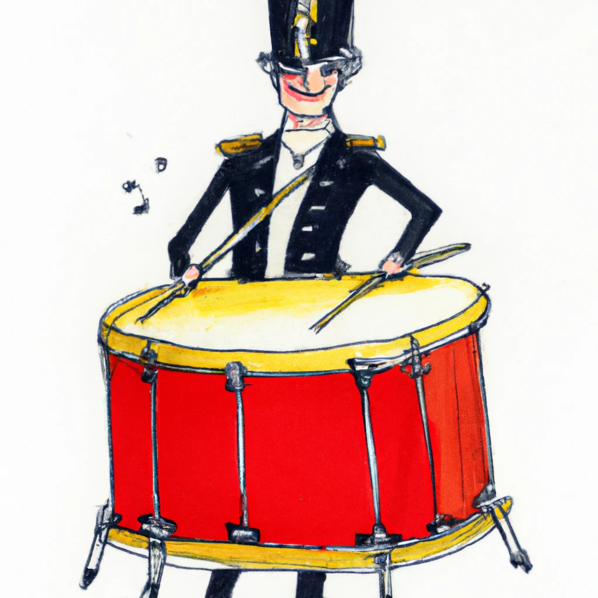Company drums
If you have seen a military march, you have seen military drums. Have you ever thought why are they there? Are they just there to provide music accompaniment together with trumpets and trombones? You may be surprised. Military drums have an ancient history. They were used since the middle ages in battle to give a rhythm to the troops to charge. A way for soldiers to coordinate and act as one unit.
That made me think about companies. Not because business is war. It made me think about company “rhythms”. Do companies have their version of military drums? What are the events that dictate the rhythm? Who’s the drummer? And what about the drum?

By far the most common type of company rhythm are quarterly and yearly plannings. I personally have never heard of a company not doing them. They are a series of rituals to plan the quarter (or year) ahead. A moment to make everyone aware and (hopefully) participant in the future of the company. But why are they happening every 3 months? That seems oddly specific… There are multiple reasons for that. Financial regulations, culturally engrained traditions that follow seasons. Is there a golden rule why they happen then? Maybe they should happen more often.
Sometimes it’s important to reflect on the reasons why we are doing things. Reflections is key to improvement. In the end, quarterly plannings are important moments in which all the company jointly thinks about its future. But what are those moments that give rhythms to the company composed of? Understanding what gives the rhythm can bring further insights. It can enable us to find better ways to do the same thing.
First, quarterlies are moments of remembering. Moments to realign everyone to the mission. Restating what the company is for and what it is trying tor achieve. They are great moments for remembering because the whole company is focused on one event.
Second, quarterlies are moments of learning. Moments in which each team reports what they learned. This is so that the plan can be reasoned and adjusted on the current reality. Beware, these should not be the only moments for it. Just one of many. Doing that only once every three months is a wasted opportunity. Find ways of sharing your learnings, maybe in a more understated way, all throughout the year.
And finally, quarterlies are moments of focus. Attention is required to be aligned. People need to hear the drum. And that’s why a clear communication strategy for the outcomes of the planning is necessary. They need to be loud and clear. Often companies end up offloading the responsibilities of communicating the plan to line managers. Others put on a show and have everyone engaged and listening. Beware here of communication overload.
Having a rhythm is important. We want everyone to be aligned. Moving at the same pace and listening to the same tune. Pay close attention to your company drums. Are you using their sound to learn new insights, to remember your mission and to focus everyone on the same goal? Listen closely. By paying attention to your company drums you may understand when and why everyone is moving off beat.